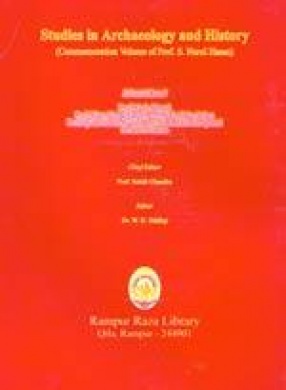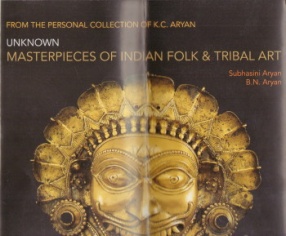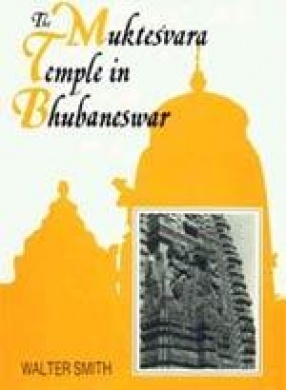The work deals with various aspects of the bull as reflected in Indian art and Literature up to the sixth century AD. Perhaps the first effort to showcase the representation of the bull in ancient India, it examines the bull’s domestication and migration, the Indian type of bull, and the philosophical tenets associated with it and studies the importance attached to the bull’s physical form and its relation to the fertility cult and its usefulness as a domesticated animal as reflected n ancient Indian art. It looks into the manner in which its significance was reinforced through art and the animal protected by associating it with religion-Hindu, Buddhist, Jaina and Fold. Dr. Bhogendra Jha goes in-depth into the mode of revering the bull in stone, clay, metal and colours through modeling, moulding and painting: its depiction in coins, seals and sealings, and terracottas, with reference to different historical and dynastic periods. He includes depiction of the bull in prehistoric art and its description in writings, and also compares the position of the bull in ancient world cultures of Egypt, Crete and Mesopotamia, for instance with its position in ancient India to broaden the scope of the study. The book will be useful for researchers, beginners and established scholars of early Indian art.
Studies in Archaeology and History (Commemoration Volume of Prof. S. Nurul Hasan)
Professor Nurul Hasan or ...
$145.80
$162.00





There are no reviews yet.